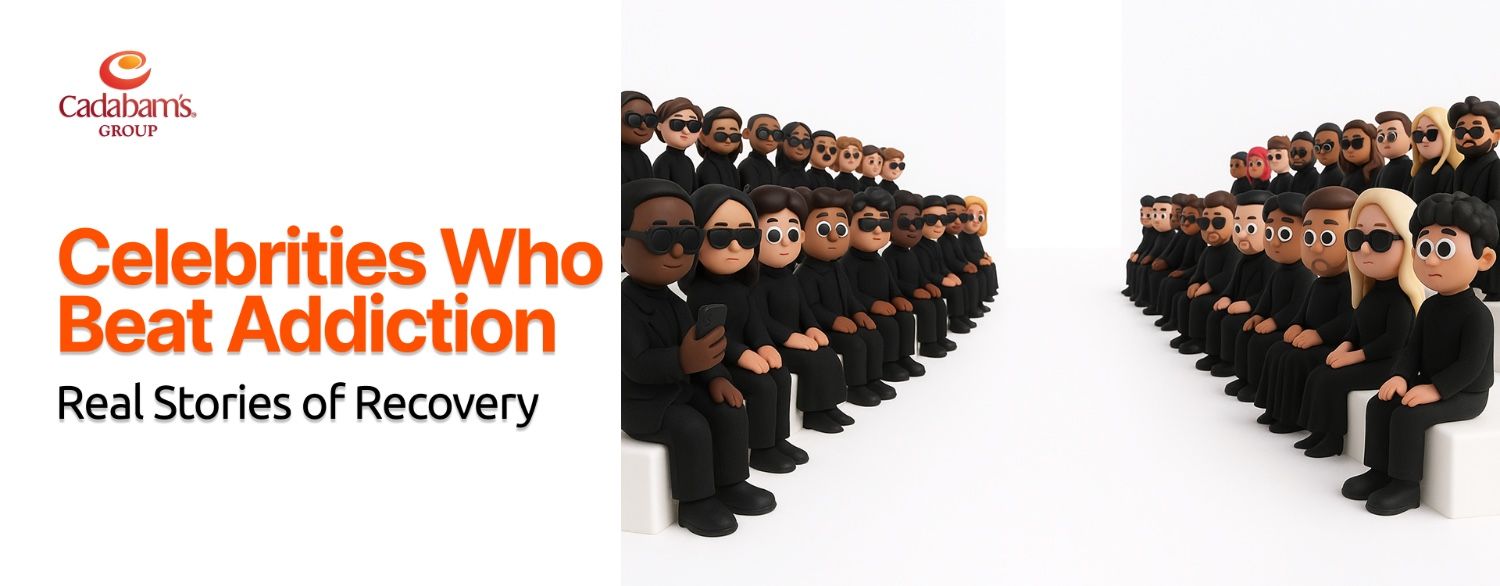Don’t we so often hear the adage: “Old habits die hard”? It underlines certain behavioural pattern that takes shape over a period of time. As good habits stand a person in good stead, the bad ones like drug addiction causes untold misery. Changing bad habits through behavioural treatment helps in effective de-addiction.
Root of problem
What makes behavioural treatment such an important component of a de-addiction exercise is that it hits at the root of the problem.
No habit let alone the addiction to drugs can be easily jettisoned overnight. It calls for a great deal of patience and painstaking efforts by both the professionals and patients to finally say goodbye to it.
Lifestyle skills
There is, in fact, always a fear of the patient returning to his or her old ways. The behavioural treatment is a great way of involving a drug addict in the de-addiction exercise.
This involvement ensures that patients take the initiative and change attitudes and behaviours that propel them to drug abuse. The change is primarily affected through skills that help patients lead a healthy life post addiction and for the rest of the life.
Effective medication
One important benefit of behavioural treatment is that it makes medicines work better and increases the chances of patients continuing with it for a longer period of time.
There have been numerous cases wherein the patients become irregular with their medicines once they have completed the de-addiction course.
Treatment methods
There are many ways in which behavioural treatment is given to an addicted person:
Behavioural treatment clinic: For a large number of patients the outpatient behavioural clinics are centres of great hope. These clinics regularly offer a diverse range of treatment aimed at impacting the behaviour of patients in a positive way.
The basic mode of treatment in these clinics is through group counselling and other collective or interactive methods.
Types of treatment
Some behavioural clinics also offer other forms of treatments, which make a meaningful and positive impact on an individual victim of drug abuse.
The treatment can be broadly categorised into three different segments. These are: Cognitive behavioural treatment – Multifaceted family treatment – Interactive motivational treatment.
Cognitive behavioural treatment: This forms an important part of a de-addiction mission. The treatment aims to make sure that a patient learns to develop his or her own defensive methods to be aware of circumstances in which he or she is likely to indulge in drug abuse. The treatment helps patients avoid such circumstances.
Multifaceted family treatment: The treatment is especially effective for adolescent patients. It is an universally recognised fact that the family as a unit plays an important role in helping one of its adolescent victims of addiction tide over his or her crisis situation.
The treatment is aimed at finding ways in which families can influence the behaviour of their adolescent member and help them kick the drug. The treatment also helps such families improved upon their day to day functioning.
Interactive motivational treatment: The treatment involves a direct approach in which a willing patient is motivated to change his or her behaviour and become free from drugs. The patient is positively engaged in interactive session by a mental healthcare professional.
Self-regimentation
There could be no better ways of being free from substance abuse of addiction than self regimentation. Behavioural treatment helps in the process by training patients to individually take on their problems. This explains why it is such an effective system of de-addiction.
.webp)







